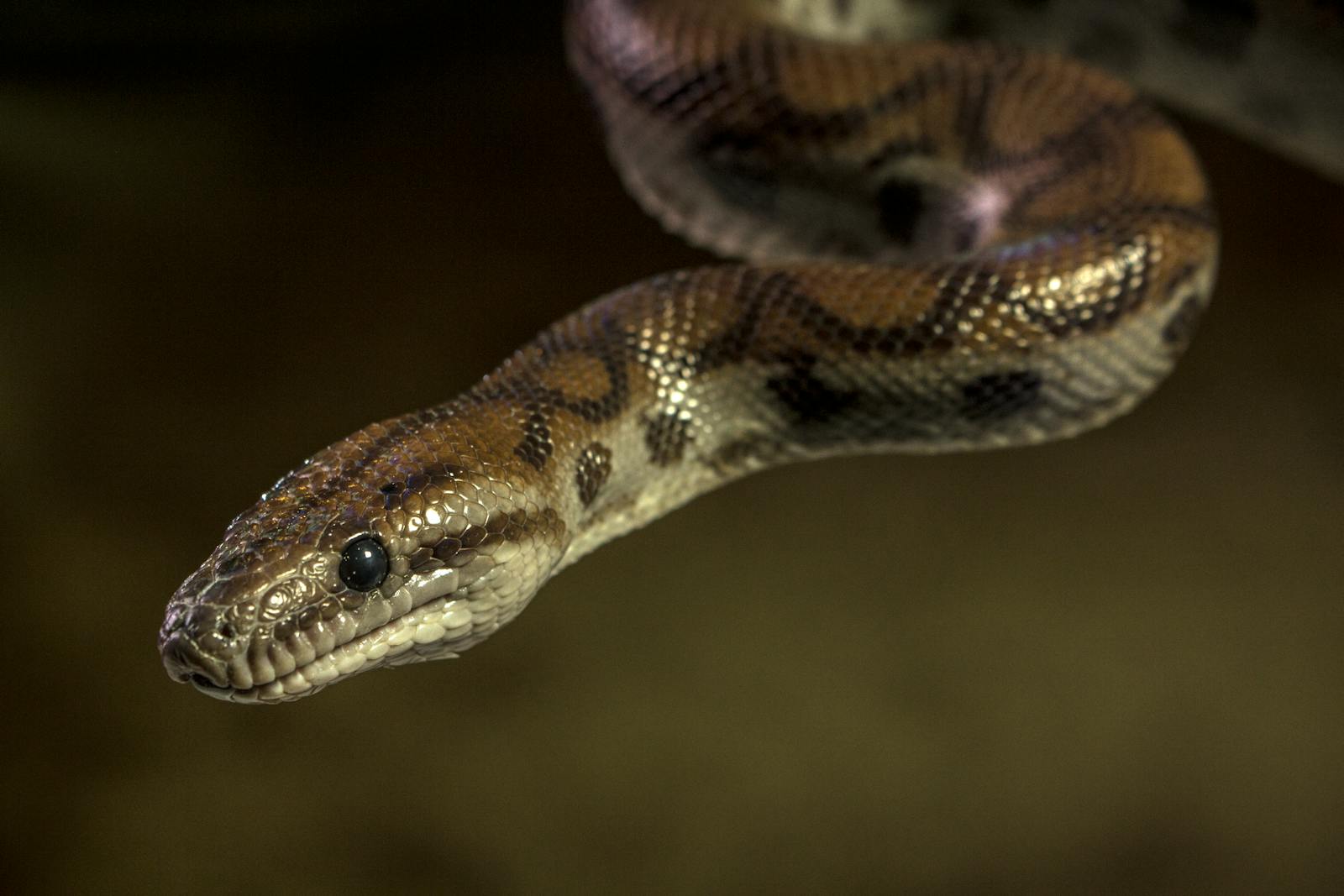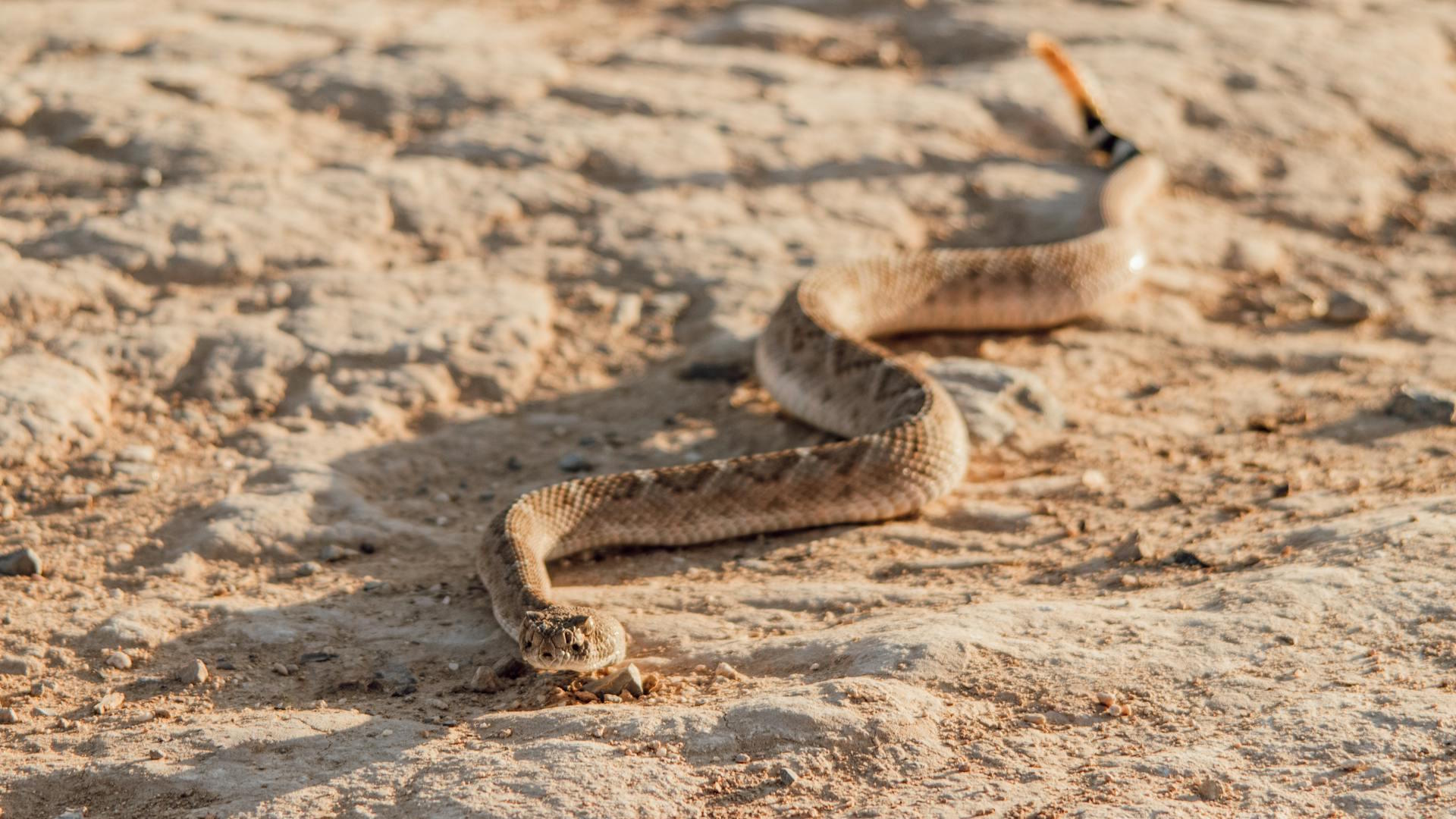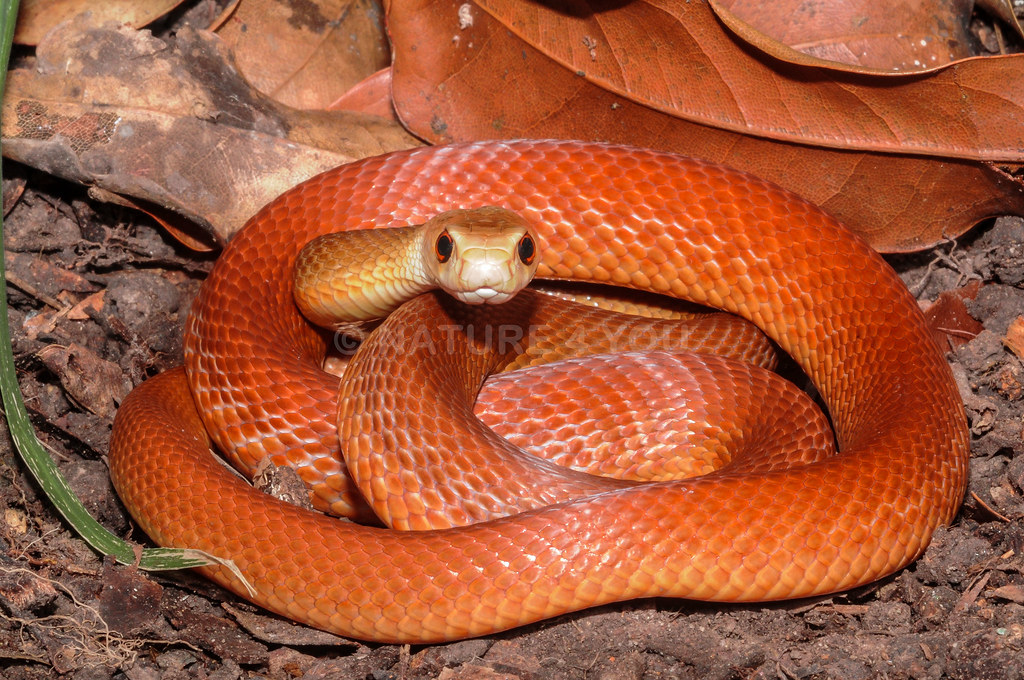In the shadowy realm of reptilian predators, one reigns supreme when it comes to pure striking speed: the snake. While many animals in the natural world demonstrate remarkable speed, nothing quite compares to the lightning-fast strike of certain snake species. These remarkable reptiles possess the ability to launch attacks so rapidly that they literally outpace human perception, moving faster than the blink of an eye. This extraordinary hunting mechanism represents one of nature’s most refined predatory adaptations, perfected over millions of years of evolution to ensure survival in competitive ecosystems. As we explore the fascinating world of snake strikes, prepare to be astonished by the incredible velocities, specialized anatomy, and sophisticated hunting strategies that allow these remarkable creatures to achieve speeds that defy human reaction times.
The King of Speed: The Black Mamba
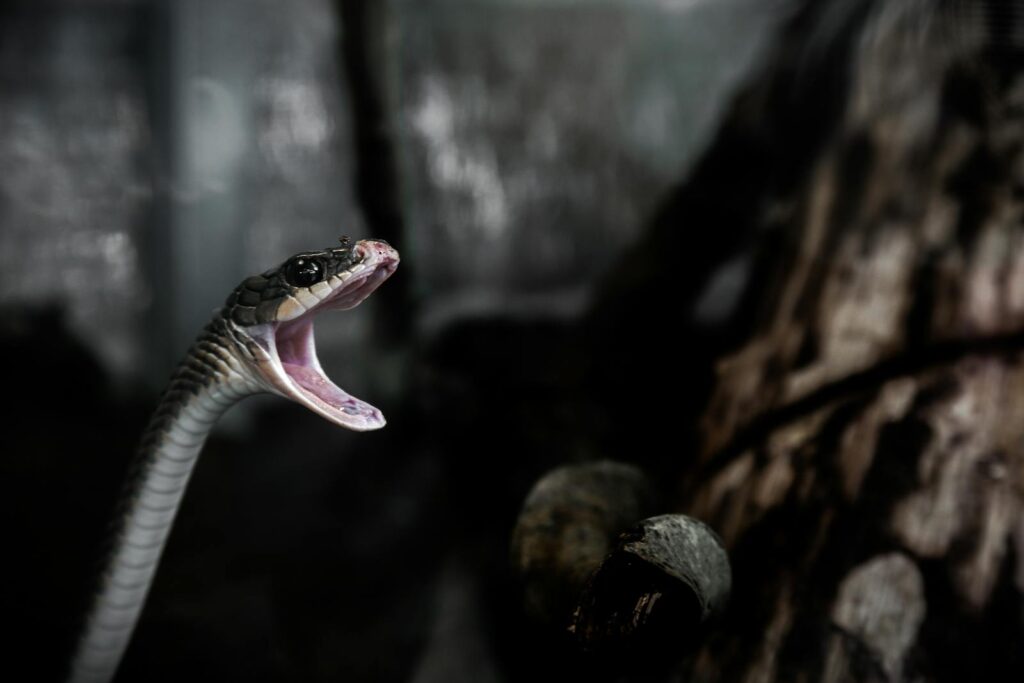
When discussing the fastest striking snakes on Earth, the infamous black mamba (Dendroaspis polylepis) consistently ranks at the top of the list. Native to sub-Saharan Africa, this formidable predator can strike at speeds approaching 12 feet per second – faster than you can blink. The black mamba combines this extraordinary striking speed with precision accuracy, making it one of the most efficient hunters in the reptile world. Its neurotoxic venom is delivered through hollow fangs that act like hypodermic needles, injecting lethal compounds that can kill a human within hours if left untreated. Beyond its striking capabilities, the black mamba is also one of the fastest-moving snakes on land, capable of traveling at speeds up to 12.5 miles per hour when threatened.
The Science Behind Lightning-Fast Strikes
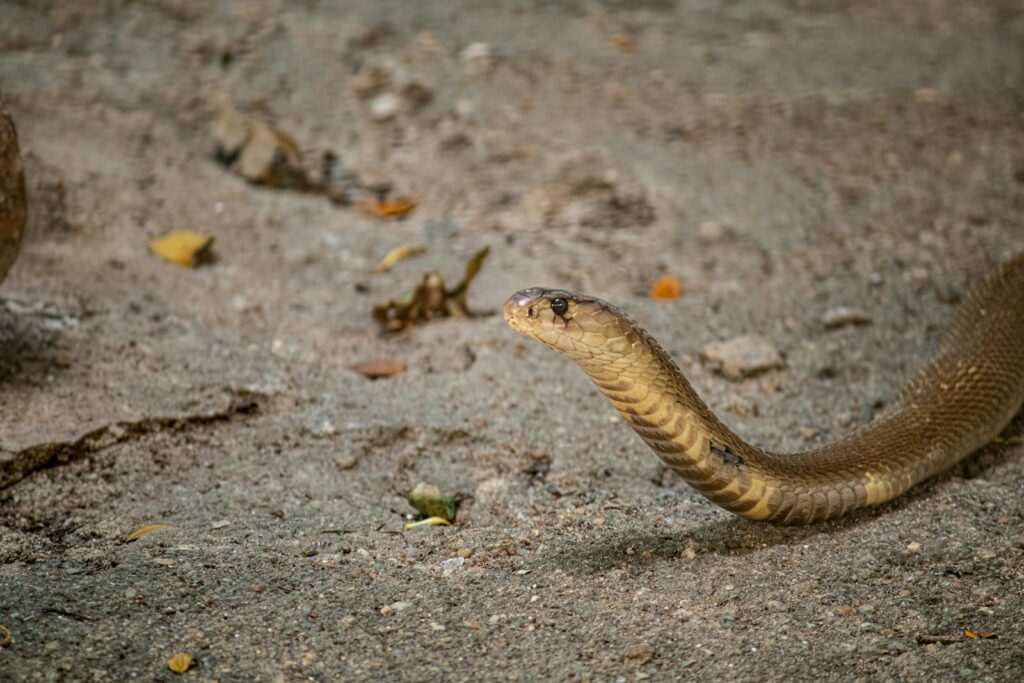
The extraordinary speed of snake strikes can be attributed to specialized muscle structures and unique biomechanics developed through evolutionary pressures. Unlike human muscles that contract relatively slowly, snake striking muscles contain specialized fast-twitch fibers optimized for explosive power rather than endurance. Research has shown that snakes store elastic energy in their muscles and specialized tendons before a strike, similar to how a stretched rubber band stores potential energy. When the snake decides to strike, this stored energy is released instantaneously, catapulting the head forward with remarkable acceleration. High-speed cameras have revealed that the fastest snakes can accelerate their heads at rates exceeding 175 times the force of gravity – roughly equivalent to a car going from 0 to 60 mph in 1/10 of a second.
Comparing the Cottonmouth’s Strike
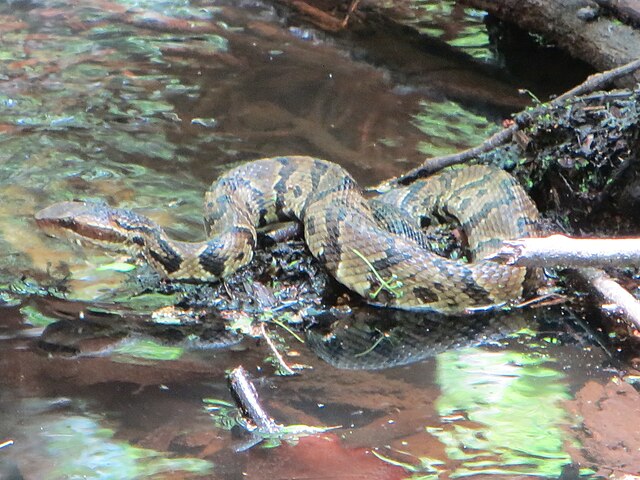
The North American cottonmouth (Agkistrodon piscivorus), also known as the water moccasin, demonstrates striking speeds that rival those of the black mamba. This semi-aquatic pit viper can launch its head forward at approximately 10 feet per second, delivering a venomous bite with precision accuracy. Unlike some snakes that strike purely as a defensive measure, the cottonmouth actively uses its lightning-fast strike as a primary hunting technique. Research conducted at the University of Louisiana documented cottonmouths striking and capturing fish from the water’s surface in less than 70 milliseconds – far faster than human reaction time. The cottonmouth’s strike is particularly impressive considering its relatively heavy-bodied build compared to the sleeker black mamba, demonstrating how different evolutionary paths can lead to similar performance outcomes.
The Rattlesnake’s Precision Attack

Rattlesnakes represent some of North America’s fastest-striking serpents, with strike speeds measured at approximately 8-10 feet per second. What makes the rattlesnake’s strike particularly remarkable is not just its raw speed but its extraordinary precision. Using specialized heat-sensing pits on either side of their heads, rattlesnakes can accurately strike at warm-blooded prey even in complete darkness. High-speed videography has revealed that rattlesnakes can adjust their strikes mid-attack, making fine-tuned corrections if prey moves unexpectedly. A study published in Scientific Reports demonstrated that western diamondback rattlesnakes can strike with pinpoint accuracy in just 50-90 milliseconds, delivering venom through sophisticated hollow fangs that fold up against the roof of the mouth when not in use. This combination of speed, accuracy, and specialized venom delivery makes rattlesnakes among the most efficient ambush predators in the reptile kingdom.
Human Reaction Time vs. Snake Strike Speed
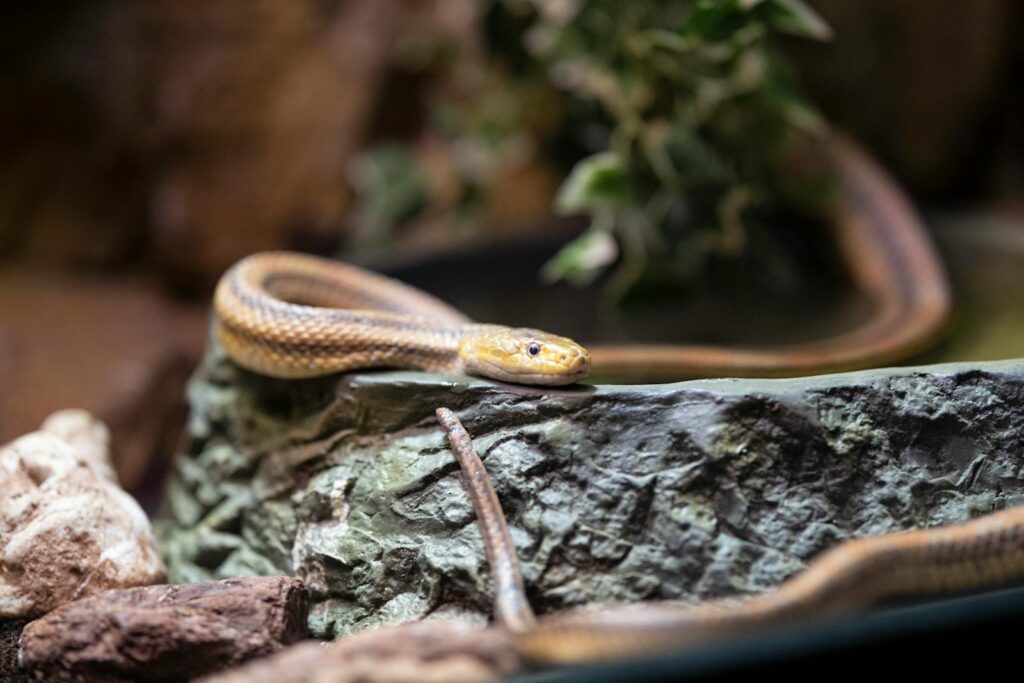
The average human visual reaction time – the interval between seeing something and physically responding to it – ranges from 150-300 milliseconds under ideal conditions. This reaction speed puts humans at a significant disadvantage when confronted by venomous snakes, whose strikes typically occur in 50-90 milliseconds. This critical disparity explains why attempting to dodge a snake strike is virtually impossible once the reptile has launched its attack. Neuroscience research has revealed that the human brain requires approximately 80 milliseconds just to process visual information before any physical response can even begin. By the time our brains register that a snake is striking, the reptile has already completed its attack and potentially delivered venom. This mismatch between human perception and snake striking speed underscores why prevention and awareness remain the most effective strategies for avoiding snake bites in the wild.
The Remarkable Cobra Strike
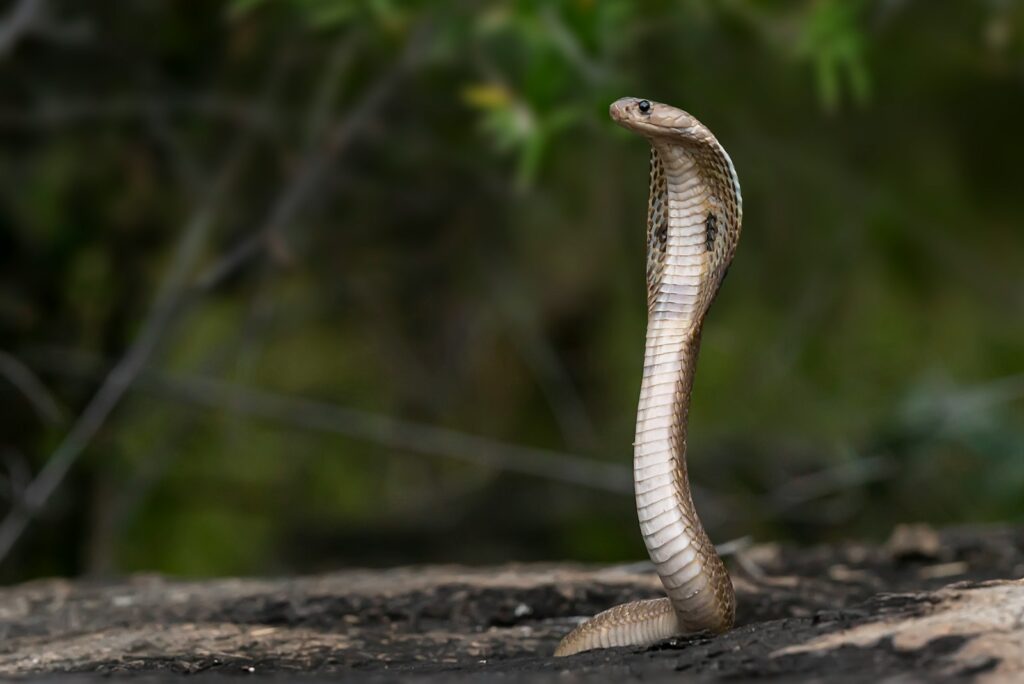
Cobras represent another group of exceptionally fast-striking snakes, with the king cobra (Ophiophagus hannah) – the world’s longest venomous snake – capable of striking at speeds of approximately 7 feet per second. What makes the cobra strike unique is its characteristic upright posture and hood display that precedes the lightning-fast forward lunge. Despite this seemingly disadvantageous starting position, cobras have evolved specialized neck muscles that enable explosive forward projection from their raised stance. Research conducted at the University of Singapore demonstrated that spitting cobras can accurately project venom at targets up to 8 feet away, precisely hitting moving objects the size of a human eye. The combination of their intimidating display posture and rapid strike creates one of nature’s most recognizable and effective predatory tactics, allowing cobras to simultaneously warn potential threats while remaining poised for an instantaneous attack.
The Puff Adder: Ambush Specialist
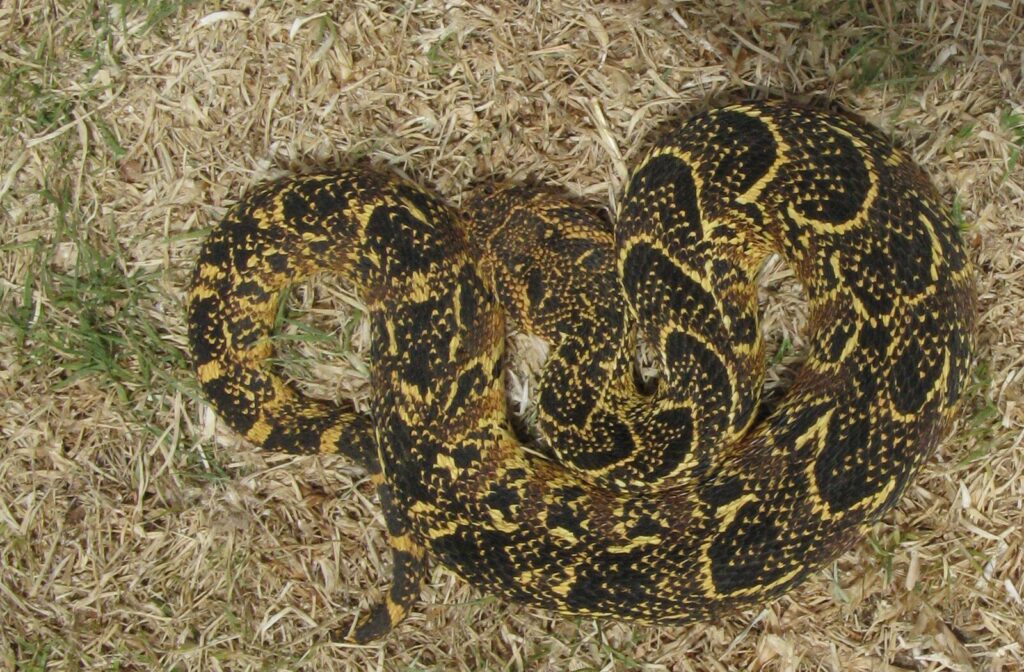
The African puff adder (Bitis arietans) may not look like a speed champion with its thick, heavy body, but this ambush predator possesses one of the fastest strikes in the snake kingdom. Research published in Biology Letters documented puff adder strikes accelerating from stationary to full extension in less than 70 milliseconds, achieving speeds of approximately one-tenth of a second from start to finish. What makes the puff adder particularly dangerous is its patient hunting strategy – it can remain motionless for weeks in a single ambush position, camouflaged against the African savanna floor. The puff adder combines this extraordinary stillness with explosive striking speed, creating a deadly contrast that prey animals rarely detect until it’s too late. Unlike some snakes that strike and release to avoid injury from struggling prey, the puff adder typically maintains its grip after striking, injecting large quantities of cytotoxic venom that destroys tissue and aids in digestion.
High-Speed Cameras Reveal Strike Mechanics
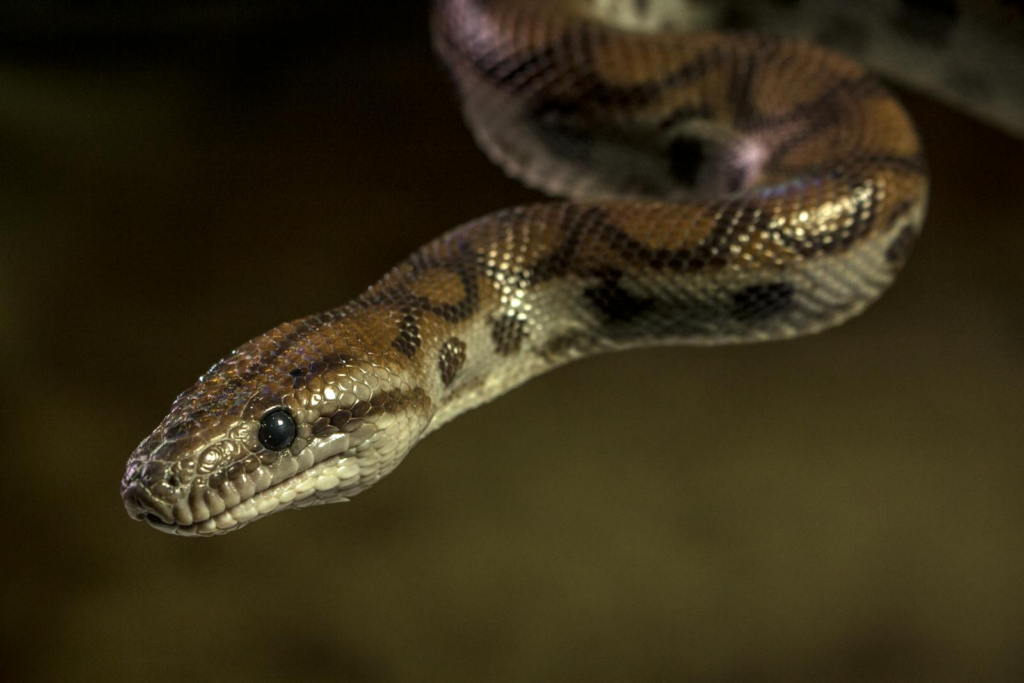
Modern high-speed videography has revolutionized our understanding of snake strike biomechanics by capturing movements too fast for the human eye to perceive. Cameras recording at rates exceeding 4,000 frames per second have documented the precise sequence of muscular contractions that power these lightning-fast attacks. Research conducted at the University of California has revealed that snakes initiate strikes by rapidly straightening S-shaped curves in their anterior body, explosively converting stored elastic energy into forward momentum. These studies have shown that different snake species employ varied striking techniques – some emphasize pure forward speed, while others optimize for accuracy or strike distance. High-speed imaging has also documented how some species can modulate their strike velocity depending on prey type and distance, demonstrating a sophisticated level of neuromuscular control. By analyzing these slow-motion recordings frame by frame, researchers continue to uncover the remarkable biomechanical adaptations that make snake strikes among the fastest movements in the animal kingdom.
Evolutionary Advantages of Rapid Strikes
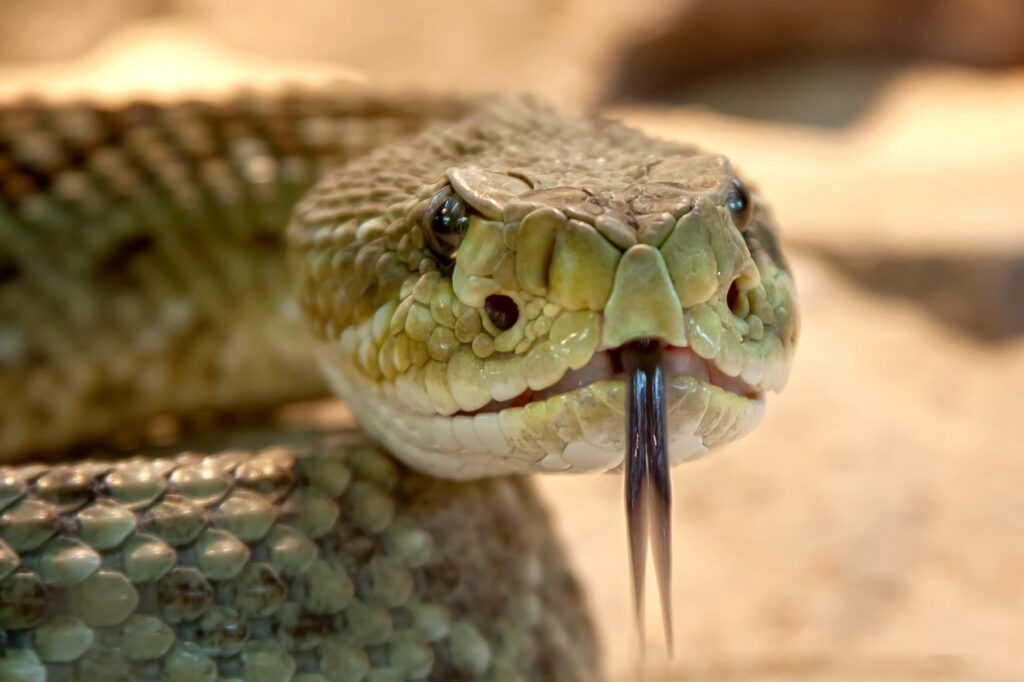
The extraordinary striking speed of venomous snakes represents a classic evolutionary arms race between predator and prey spanning millions of years. For snakes that primarily target fast-moving mammals, birds, or lizards, the ability to strike faster than prey can react confers an obvious survival advantage. Evolutionary biologists have documented how strike speed correlates strongly with prey type – species that hunt especially quick or dangerous prey typically exhibit the fastest strikes. This adaptation serves a dual purpose by both increasing hunting success and reducing the snake’s vulnerability during attacks. For venomous species, minimizing the time spent within striking range of potentially dangerous prey animals reduces the risk of injury. Similarly, the lightning-fast strike serves as an effective defensive mechanism against potential predators, allowing even non-venomous species to deliver startling bluff strikes that can deter threats without actual contact.
How Venom Delivery Complements Strike Speed
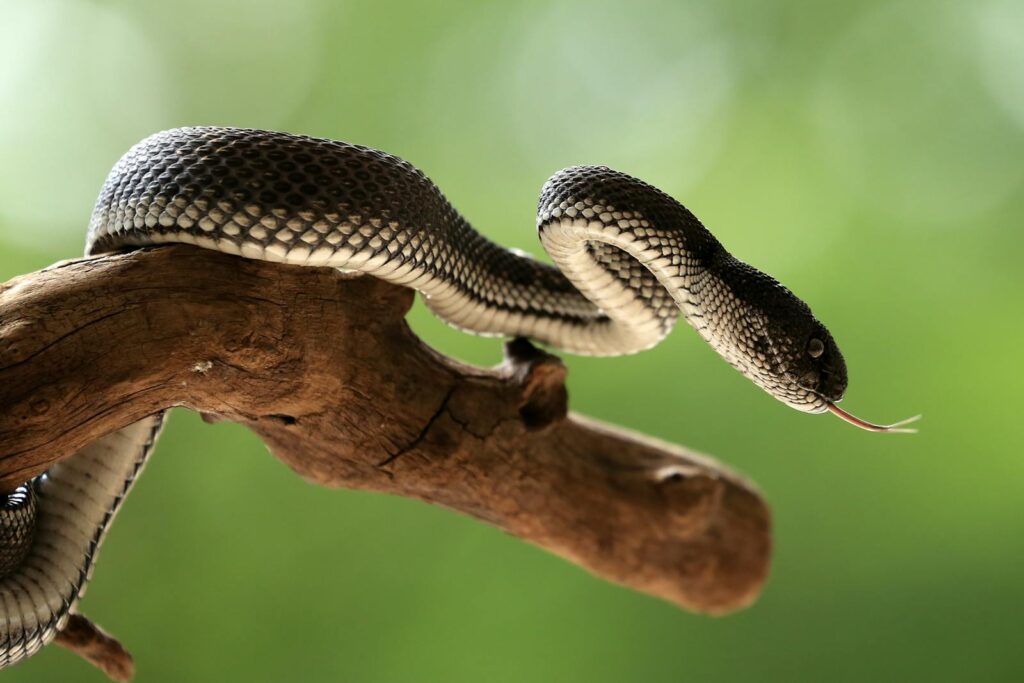
The extraordinary speed of snake strikes works in perfect concert with sophisticated venom delivery systems to create nature’s most efficient injection mechanism. Venomous snakes typically possess specialized hollow or grooved fangs connected to venom glands that rapidly deploy during strikes. High-speed imaging has revealed that some vipers can rotate their fangs from a folded position to full extension in less than 20 milliseconds as they strike. The venom injection itself occurs through a combination of mechanical pressure as fangs penetrate and muscular contraction of specialized venom glands. Some species, like the gaboon viper, possess fangs approaching two inches in length – the longest of any snake – allowing deep venom delivery even through thick fur or feathers. Research published in the Journal of Experimental Biology demonstrated that certain rattlesnakes can control venom expenditure during strikes, delivering precise amounts based on prey size or perceived threat level – a remarkable adaptation that optimizes the use of metabolically expensive venom.
Training to Avoid Snake Strikes
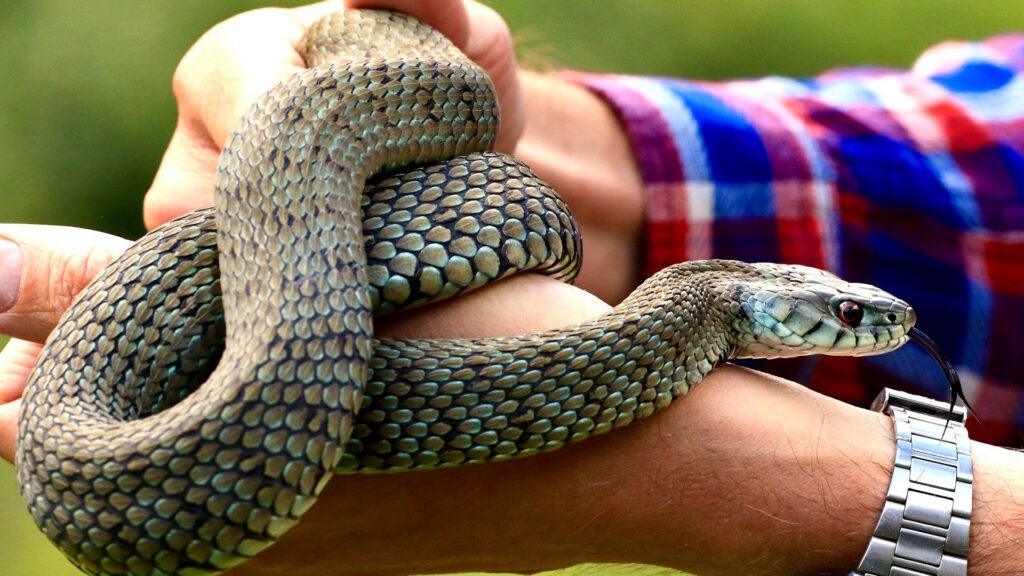
Given the impossibility of dodging a snake strike once initiated, snake safety experts focus on prevention rather than reaction. Professional snake handlers and field herpetologists train extensively in proper techniques for working with venomous species, emphasizing maintaining safe distances and using appropriate tools like snake hooks and tongs. Snake handling courses teach the recognition of pre-strike behaviors such as body coiling, head raising, or the distinctive S-shaped neck formation that often precedes an attack. Conservation biologists working in snake-rich environments typically wear specialized snake gaiters or boots that protect against penetration from fangs during accidental encounters. For the general public, experts recommend maintaining a minimum distance of at least twice a snake’s body length when encountering any potentially venomous species in the wild. This distance provides a critical safety buffer that accounts for the extraordinary reach and speed of snake strikes.
Geographic Variations in Strike Speed
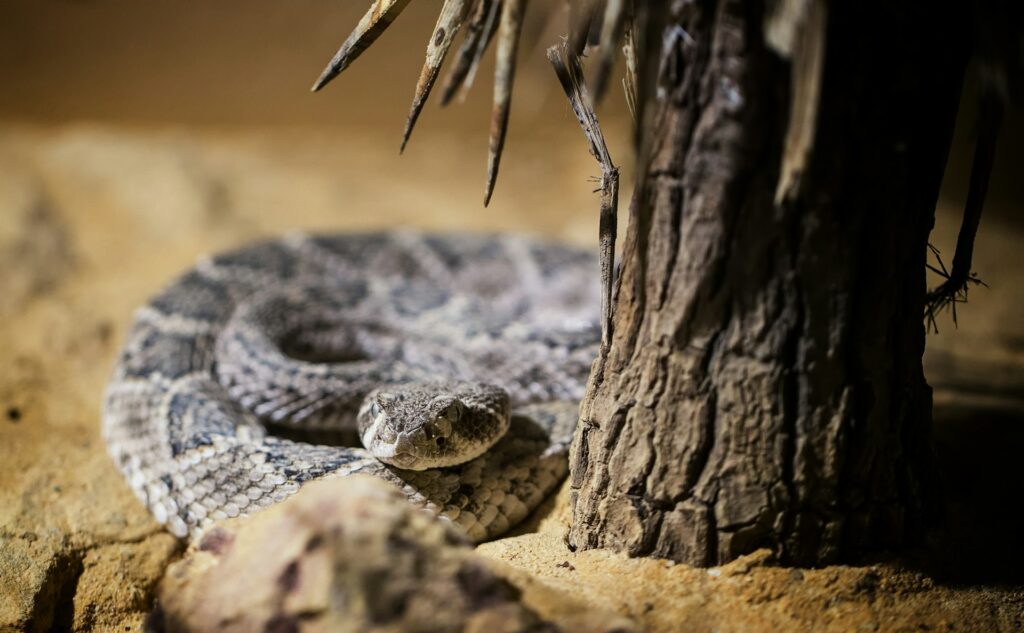
Fascinating research has uncovered significant geographic variations in strike performance among snake populations of the same species. Studies of western diamondback rattlesnakes conducted across their range from Mexico to the southwestern United States revealed that populations from hotter, more arid environments typically demonstrate faster strike speeds than their counterparts from cooler regions. This variation appears linked to both environmental factors and prey availability, with snakes adapting to local conditions over evolutionary time. Temperature plays a crucial role in strike performance, with most snake species showing significantly faster strikes at optimal body temperatures between 85-95°F. A groundbreaking study published in the Journal of Experimental Zoology documented how climate change could potentially affect snake strike performance, with warming temperatures potentially enhancing the striking capabilities of some species while forcing others to alter their hunting hours to avoid overheating. These geographic variations highlight the remarkable adaptability of snake predatory behaviors across diverse habitats.
Future Research and Technological Applications

The extraordinary biomechanics of snake strikes continue to inspire both scientific research and technological innovation across multiple fields. Robotics engineers at Stanford University have developed snake-inspired robots that mimic the rapid strike mechanics of vipers, potentially useful for search-and-rescue operations in restricted spaces or disaster zones. Medical researchers are studying the precise muscular coordination of snake strikes to better understand and potentially treat human neuromuscular disorders affecting rapid movement coordination. In materials science, the elastic energy storage mechanisms that power snake strikes have inspired new designs for prosthetic limbs and assistive devices that can deliver explosive force when needed. Computer scientists developing ultra-fast camera systems and motion detection algorithms continue referencing snake strikes as a benchmark for capturing and analyzing rapid movements. As research techniques advance, particularly through the development of even higher-speed imaging and more sensitive force sensors, our understanding of these remarkable biological mechanisms will undoubtedly continue to expand.
Conclusion

The lightning-fast strike of certain snake species represents one of nature’s most remarkable predatory adaptations – a perfect synthesis of specialized anatomy, explosive biomechanics, and evolutionary refinement. Moving faster than the human eye can track and outpacing our ability to react, these strikes demonstrate how natural selection has perfected the art of high-speed predation. From the deadly black mamba to the ambush-specialized puff adder, each species has developed variations on this extraordinary hunting technique, optimized for their specific prey and habitat. As science continues to unveil the mechanics behind these remarkable movements, we gain not only greater appreciation for these often-misunderstood predators but also inspiration for technological innovations across multiple fields. The next time you encounter a snake in a controlled environment, remember that you’re observing the culmination of millions of years of evolutionary refinement – a living example of nature’s extraordinary capacity for creating specialized predatory perfection.

